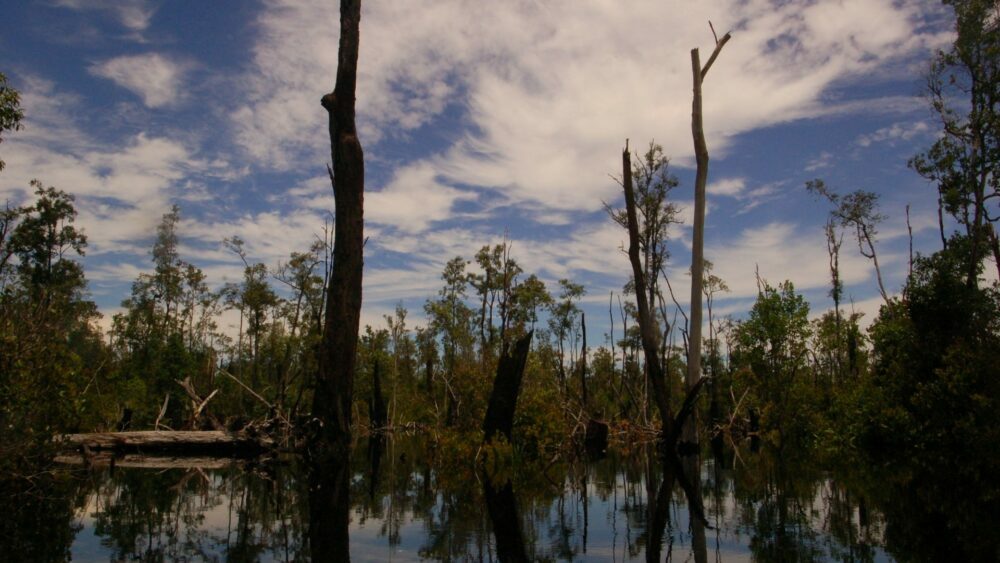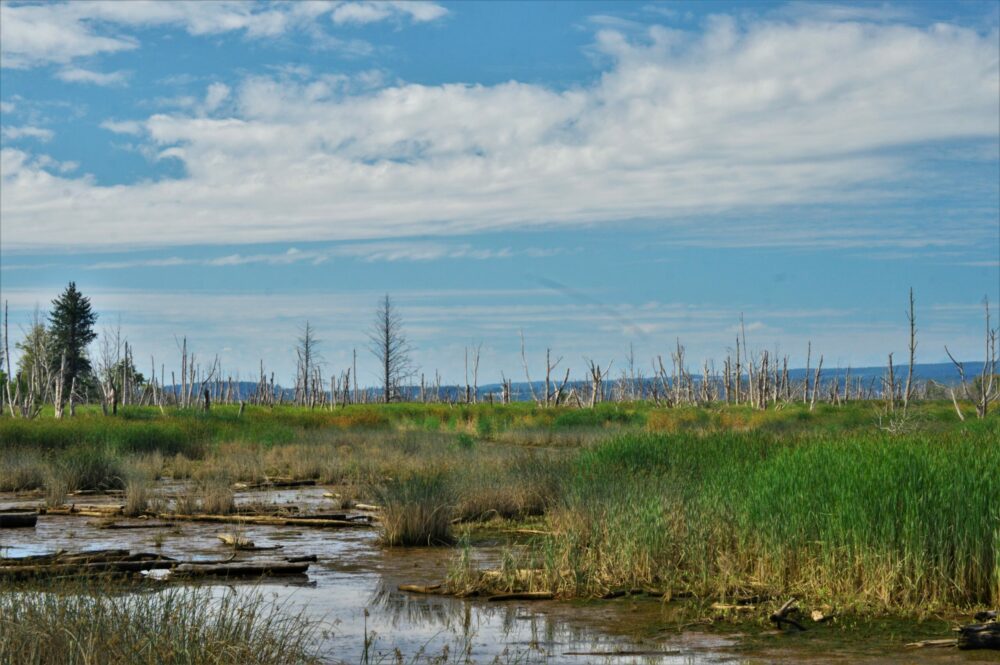Drying Peatlands Worldwide Threatening to Release Astonishing Amount of Carbon Dioxide Annually
Peatlands like marshes, bogs and fens are running short of water which can let loose almost 860 million tonnes of carbon dioxide every year. It is found to have devasting effects on the effort towards curbing climate change.
Peatlands may cover only 3% of the earth’s land surface but store nearly one-third of the planet’s soil carbon. This amount of carbon equals carbon stored in all other vegetation combined, including forests.
Peatlands can be distinguished as having water-logged soil that is filled with the slow decaying plant material that gets accumulated for nearly thousands of years and is preserved in low-oxygen conditions. The partially decomposed plant residue is then locked in the soil as carbon.
Over the past decades, humans have been draining global peatlands for many purposes. Over-pumping of water from peatlands for drinking or irrigation. It has cut off peatland’s source of water.
Also Read: Amazon Releases More Carbon Than it Absorbs
A recent study found out that drying peatlands can release additional 860 million tonnes of carbon dioxide into the atmosphere every year by 2100. To bring the facts to the table, it was found that Australia emitted 539 million tonnes in 2019.

Image: Wetlands International
There is an urgent need to control the release of carbon by preserve and restore healthy conditions for the peatlands. If the peat is not covered in water, it can get exposed to aerobic microbes living in it. The oxygen accelerates the growth of microbes, who enjoy the carbon-rich food and release the carbon dioxide into the atmosphere.
Some peatlands also store methane, another greenhouse gas with 100 times stronger carbon dioxide. However, generating methane requires different conditions than carbon dioxide. Methane requires water-saturated conditions to be released. This means that as peatlands dry up there will be an increase in carbon dioxide release but a decrease in methane emissions.

Image: Medium
However, the net effect would make our climate warmer. This can hamper global efforts of controlling the temperature rise under 1.5 degrees Celcius. It is essential to restore these ecosystems, otherwise, it would create a high emissions scenario, a point from which the gas emissions cannot be controlled.
Via: The Conversation


